Canning broccoli straight from your own garden is an easy way to have a nutritious and delicious snack, or a hearty side dish that can be served year-round.
However new data has shown that canning broccoli is no longer safe thus it is important to find new ways to preserve this delicious vegegtable.
With just a little bit of time and effort, you can create something that will save you money and provide the perfect side dish for many meals in the months ahead.
It takes only a few minutes of hands-on time, and the end result can be stored in your pantry or freezer for months on end, providing you with quality produce whenever you need it.

How I Found A Recipe For Canning Broccoli
I love looking through the old Ball Blue Books.
There are recipes in them that are not in the newer ones such as this recipe for canning broccoli.
The newer Ball Blue Books all suggest freezing broccoli, however I prefer to can as much as possible because I don't have to worry about food spoilage in the event of an electrical outage.
I felt the broccoli canned nicely and at the time I canned it, there was no data out stating that the practice was no longer safe.
The broccoli I canned did not discolor, although the Ball Blue Book stated that discoloration was a possibility.
It also did not turn to mush - and some of my jars were not used until the broccoli was close to a year old.
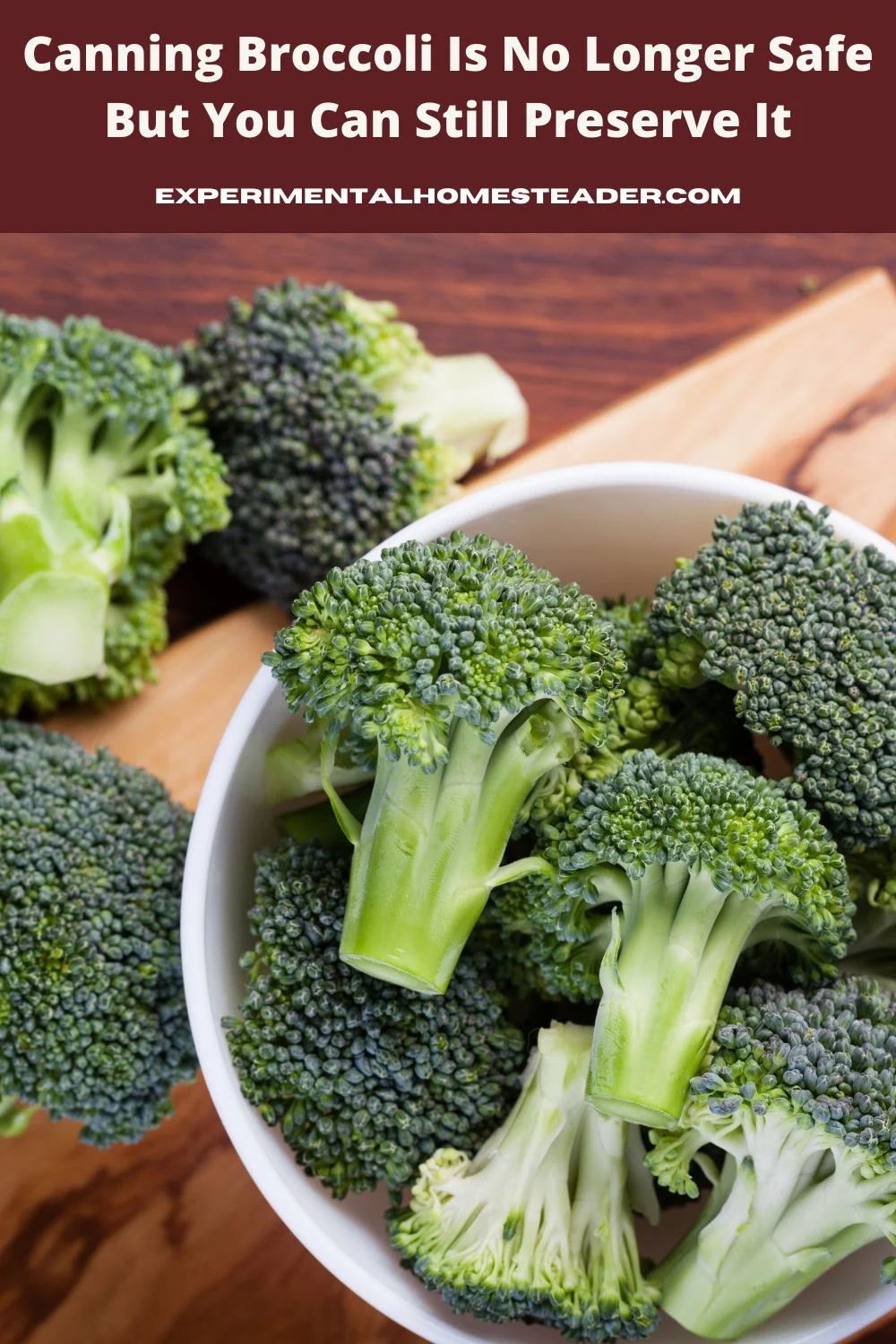
Why It Is No Longer Safe To Can Broccoli
Some people will tell you it's no longer safe to can broccoli due to new tests that were done in 1996.
This is why the broccoli canning recipe was removed from the Ball Books - and it is not the only item that was removed.
So now I recommend that you freeze, dehydrate or freeze dry broccoli instead of can it.
Be sure the broccoli is washed well before you begin and that it is fresh broccoli from your own garden for best results.
The fresher the produce is, the more nutrition it will retain.
How To Blanch Broccoli
If you plan to freeze, dehydrate or freeze dry broccoli, the first step is blanching it.
Taking the time to blanch it before you process it insures you get the best results when you use it, otherwise you could end up with a limp, flavorless broccoli floret that no one wants to eat.
Blanching is easy to do.
Simply cut the broccoli florets to the correct size for the preservation process you plan to use, then place your broccoli in a pot of rapidly boiling water for three minutes.
An alternative to this - and the way I usually do it - is to place a small amount of the broccoli into a steamer basket and place it above the boiling water for five minutes.
Do not over crowd the steamer basket because it is important that the steam gets all the way around all of the broccoli.
When the time is up - regardless of which method you choose - submerge the broccoli into ice cold water to stop the cooking process.
Broccoli that is not properly cooled will develop big ice crystals and have a limp texture when compared to broccoli that was properly blanced and cooled.

How To Freeze Fresh Broccoli
Freezing broccoli is super easy, simply package it into freezer bags, remove any air and use it within 10 months.
Now, if you don't want the broccoli all stuck together, then place it on a cookie sheet in a single layer, making sure it doesn't touch and flash freeze it.
Personally I like to place kitchen towels down on the table, layer the top of them with a single layer of paper towels to prevent any lint from getting on the broccoli and pat them dry before I put them on a cookie sheet to flash freeze.
Another option is to package exactly the amount of broccoli you need in each bag so you can simply toss all of the broccoli into boiling water for 60 to 90 seconds to thaw it and then use it in your recipe.
Be sure to label the freezer bag because you will forget what is in the bag in a few months and frozen items can look quite similar.
Frozen broccoli is good for ten months.
Dehydrating Broccoli
Follow the blanching instructions above, then place the broccoli pieces in a single layer on drying trays.
Dry at 140 degrees Fahrenheit for twelve to fifteen hours making sure to turn the pieces every three to four hours.
I also like to rotate my dehydrator trays so the ones on the top are on the bottom and vice versa.
Dried broccoli should easily snap, be crisp and brittle.
Store the dehydrated broccoli pieces in a cool, dark, dry place and be sure to label the containers.
Alternatively you can store dehydrated broccoli in a refrigerator or freezer.
Properly stored, the dehydrated broccoli will keep anywhere from six to twelve months.
Be sure to discard any broccoli that shows signs of mold or has an "off" odor.
Freeze Dried Broccoli
Yes, you can freeze dry broccoli and it is a simple process.
Just place the blanched broccoli on a freeze drying tray and run your freeze dryer through a standard cycle.
When the process is complete, store them in mylar bags with oxygen obsorbers in an airtight container such as a large glass jar, but be sure the mylar bags easily fit so you don't powder the broccoli.
How To Use Preserved Broccoli
Broccoli is a cruciferous vegetable, which means it belongs to the cabbage family.
It's rich in vitamins A, C, and K as well as folic acid, fiber, potassium and calcium.
You can use frozen or dehydrated broccoli as either a side dish or an ingredient in other dishes, the same way you would use fresh broccoli.
Dehydrated broccoli is a great alternative to fresh, frozen, and fresh-frozen broccoli as it provides a lot of the same nutritional benefits as those varieties.
However, if you need some dinner inspiration, be sure to check out this Gluten-Free Stir-Fry Beef And Broccoli Recipe.
FAQ: Preserving Broccoli - Tips and Methods for Safe and Delicious Results
Q: Why should I consider canning broccoli?
A: Canning broccoli from your own garden is a convenient way to have a ready supply of nutritious and delicious vegetables, whether as a snack or a side dish that can be enjoyed year-round.
Q: Why did you decide to look for a canning broccoli recipe?
A: I enjoy searching through old Ball Blue Books, and they sometimes contain recipes that are no longer found in newer editions. I stumbled upon a canning broccoli recipe in one of these older books.
Q: Is canning the only way to preserve broccoli?
A: No, canning is no longer recommended due to safety concerns. You can safely preserve broccoli by freezing, dehydrating, or freeze-drying it.
Q: Why is canning broccoli no longer considered safe?
A: New tests conducted in 1996 raised safety concerns about canning broccoli, leading to its removal from Ball Blue Books and other canning references.
Q: What's the best way to ensure the quality of preserved broccoli?
A: Start with fresh broccoli from your garden, as the fresher the produce, the more nutrition it will retain during preservation.
Q: Can you explain the blanching process for broccoli preservation?
A: Blanching is crucial before preserving broccoli. Simply cut the florets to the desired size, then either boil them for three minutes or steam them for five minutes. Afterward, cool the broccoli in ice-cold water to stop the cooking process.
Q: How do I freeze fresh broccoli?
A: Package it into freezer bags, removing as much air as possible. Use it within 10 months. For less clumping, flash freeze it on a cookie sheet before bagging.
Q: Can you tell me more about dehydrating broccoli?
A: After blanching, place broccoli on drying trays. Dry at 140°F for 12-15 hours, turning the pieces every few hours. Store in a cool, dark, dry place, or in the refrigerator or freezer. Properly stored, dehydrated broccoli can last from 6 to 12 months.
Q: What about freeze-drying broccoli?
A: Freeze-drying is simple: place blanched broccoli on a freeze drying tray and run the machine through a standard cycle. Store them in mylar bags with oxygen absorbers in an airtight container, ensuring the bags fit to prevent powdering.
Q: Why is broccoli considered a nutritious vegetable?
A: Broccoli is a cruciferous vegetable rich in vitamins A, C, and K, folic acid, fiber, potassium, and calcium, making it a healthy choice for your diet.
Q: Can I use preserved broccoli the same way as fresh broccoli?
A: Absolutely! You can use frozen or dehydrated broccoli as a side dish or as an ingredient in various dishes, just like you would with fresh broccoli.
Q: Can you recommend a specific recipe for using preserved broccoli?
A: Sure, check out this Gluten-Free Stir-Fry Beef and Broccoli Recipe for a delicious dinner idea using preserved broccoli.
Q: How long can I store frozen broccoli?
A: Frozen broccoli can be kept for up to ten months, but it's important to label the bags to avoid confusion.
Q: How do I know when my dehydrated broccoli has gone bad?
A: If dehydrated broccoli shows signs of mold or has an "off" odor, discard it immediately. Properly stored, it can last anywhere from 6 to 12 months.
Q: Can I store freeze-dried broccoli in a glass jar?
A: Yes, you can store freeze-dried broccoli in a large glass jar, but make sure the mylar bags fit easily to prevent powdering. Use oxygen absorbers to keep the broccoli fresh.
Q: Can I use preserved broccoli in salads?
A: While fresh broccoli is often preferred for salads, you can rehydrate dehydrated broccoli or quickly blanch frozen broccoli to use in salads.
Q: Is there a difference in taste between fresh and preserved broccoli?
A: Preserved broccoli can retain its taste and nutritional value quite well when properly preserved and stored, making it a tasty and convenient option.
Q: Can I freeze-dry broccoli at home without special equipment?
A: Freeze-drying typically requires specialized equipment, so it's not easily done at home without the proper tools.
Q: What are some other vegetables that can be preserved similarly to broccoli?
A: Vegetables like cauliflower, carrots, and green beans can be preserved in similar ways to broccoli through freezing, dehydrating, or freeze-drying.
Q: Are there any safety tips for preserving vegetables at home?
A: Always follow proper food safety guidelines when preserving vegetables, including cleaning and blanching before preservation, and labeling containers with dates for reference.
How To Dehydrate Food
How To Make Raisins In A Dehydrator
Learn how to make raisins in a dehydrator. Learning how to make your own raisins from grapes is easy not to mention they are delicious!
How To Dehydrate Garlic Scapes
Garlic scapes are a gourmet seasoning that come on once a year in the spring. Learn another method for garlic scapes storage for year round use.
How To Dehydrate Cherries
Learn how to dehydrate cherries for long term storage or simply for a delicious, healthy fruit snack. It is really easy to dehydrate cherries at home.
Dehydrating Apples
Have you ever wondered about dehydrating apples? Learn how to dehydrate apples, how to store them and why you should dehydrate them.
Reusable Bakery Trays Make Great Produce Storage Trays
Bakery trays make great reusuable produce storage trays for root cellars or even for storing fruits or vegetables during the food preservation process.
How To Dry And Store Homemade Noodles
Learn how to dry homemade pasta plus the best method for storing homemade noodles so they stay fresh for up to six months!
Food Dehydration Tutorial
In this food dehydration tutorial you will not learn how to use a food dehydrator, but instead you will learn how to get started and why you should do it!
Four Factors That Affect Food Storage
Understanding the four factors that affect food storage is essential for keeping your food safe, especially if you intend to store it long term.
Keeping Dehydrated Food Fresh: A Guide
Master the art of keeping dehydrated food fresh: preserve flavor, extend shelf life, and perfect storage techniques in our ultimate guide.
Preserving and Transforming Meals with Eggplant from Food Storage
Get creative in the kitchen with preserved eggplant. Explore the endless possibilities of transforming meals with eggplant from food storage.
Preserving Herbs For Winter Use eCourse
Do you love fresh herbs but wonder if there is an easy way to preserve them for the winter?
Do you seek other ways to use herbs other than just as a seasoning on food?
There are so many ways to preserve herbs for winter use – from various methods of drying them to freezing them, but it doesn’t end there.
Some of the best ways to preserve herbs in right in the foods you would normally incorporate herbs into – pre-made seasonings, teas, butter or oil.
Then this is the course for you!
What You Will Learn In This Course:
Hang herbs to dry
Use a hanging herb dryer
Dry herbs on a window screen dryer
Dry herbs in a dehydrator
Dry herbs in an oven
Dry herbs in a microwave
Freeze herbs whole
Make herb ice cubes
Add fresh herbs to freezer meals
Add herbs to canned sauces
Preserve herbs in vinegar
Preserve herbs in oil
Preserve herbs in butter
Preserve herbs in salt or sugar
Make pre-made seasonings
Make herbal tea
Make herb jelly (plus tips on how to use these)


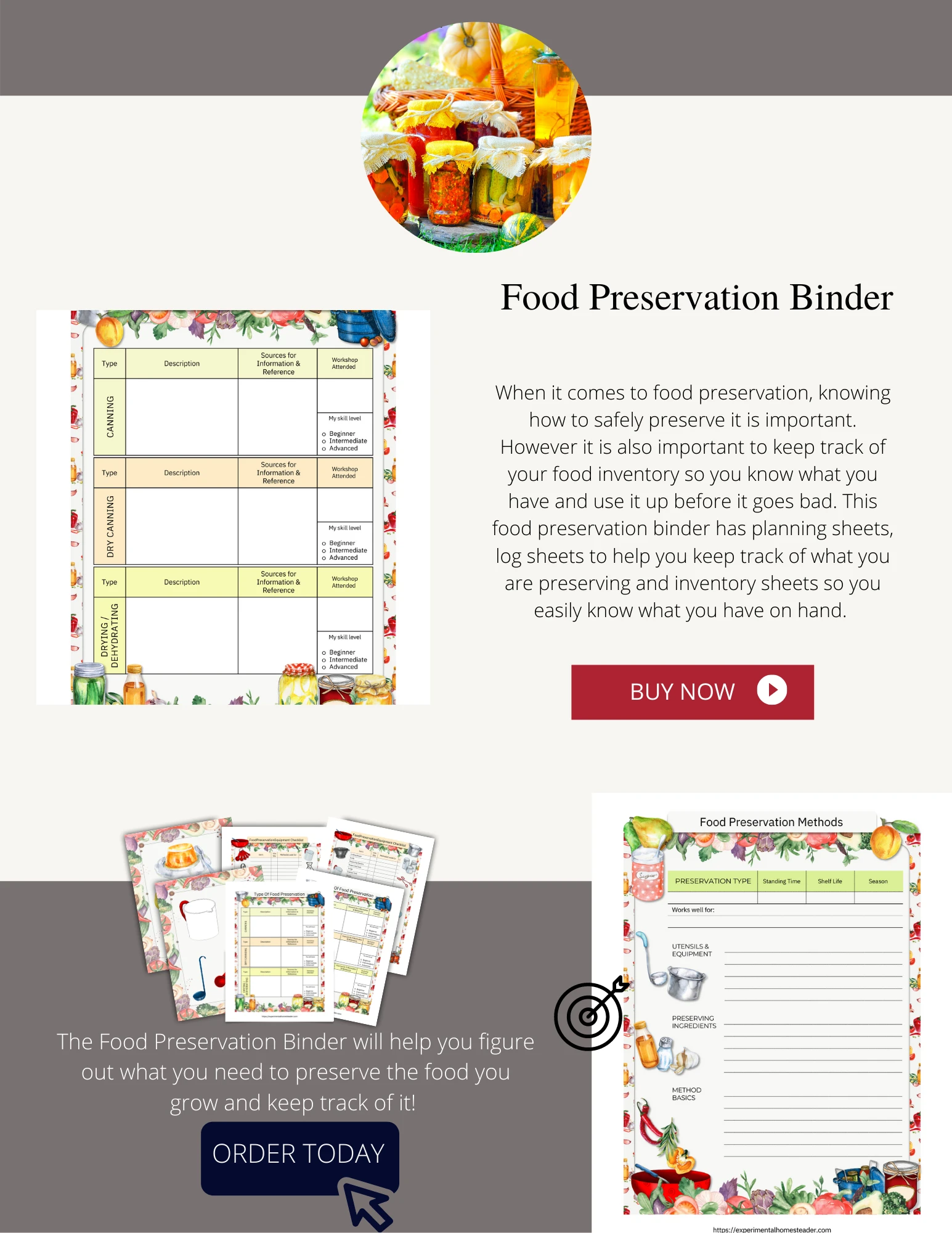
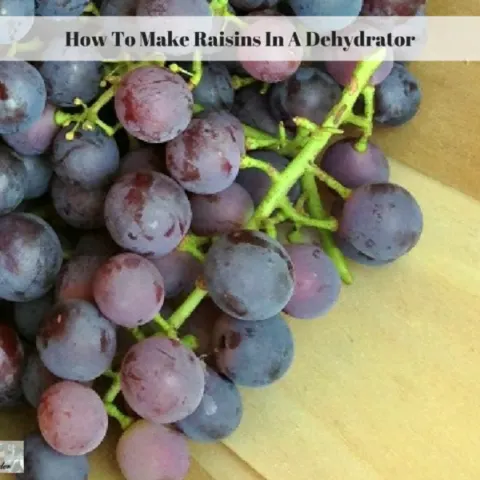

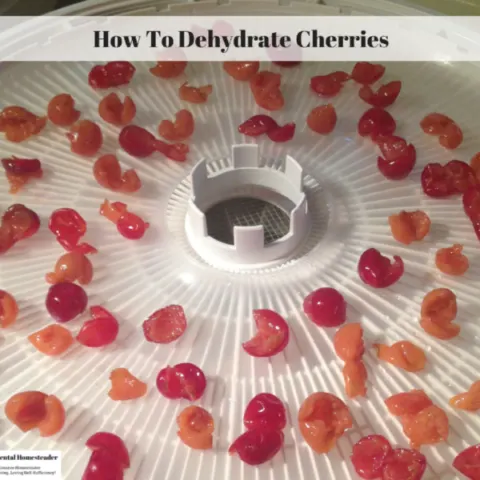

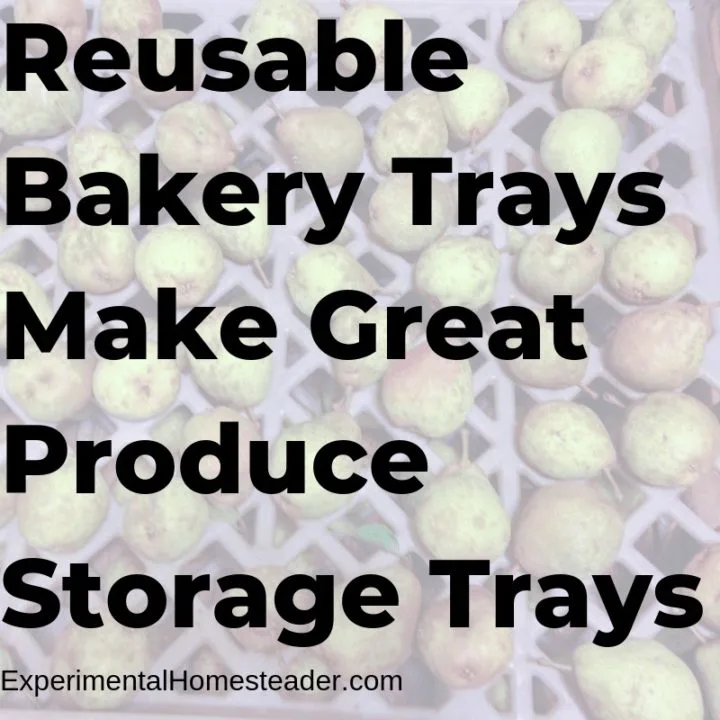

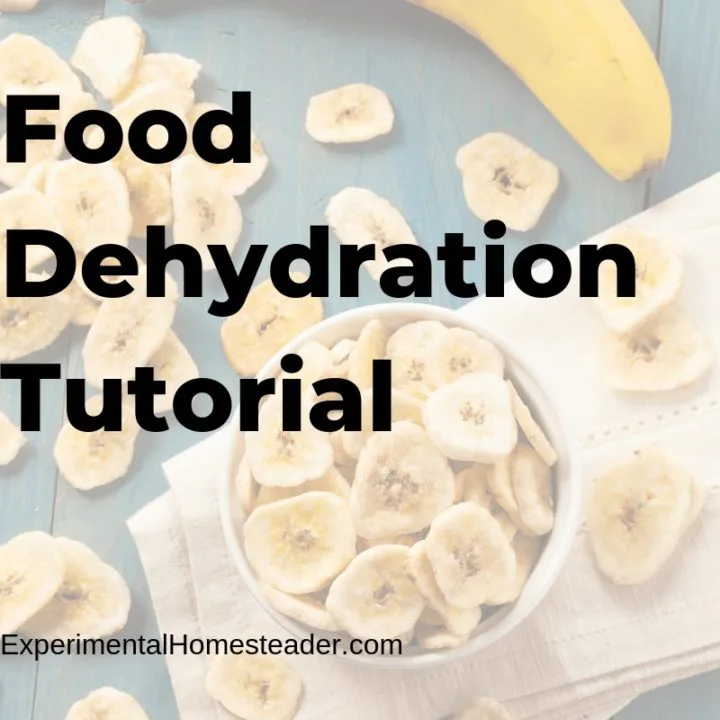
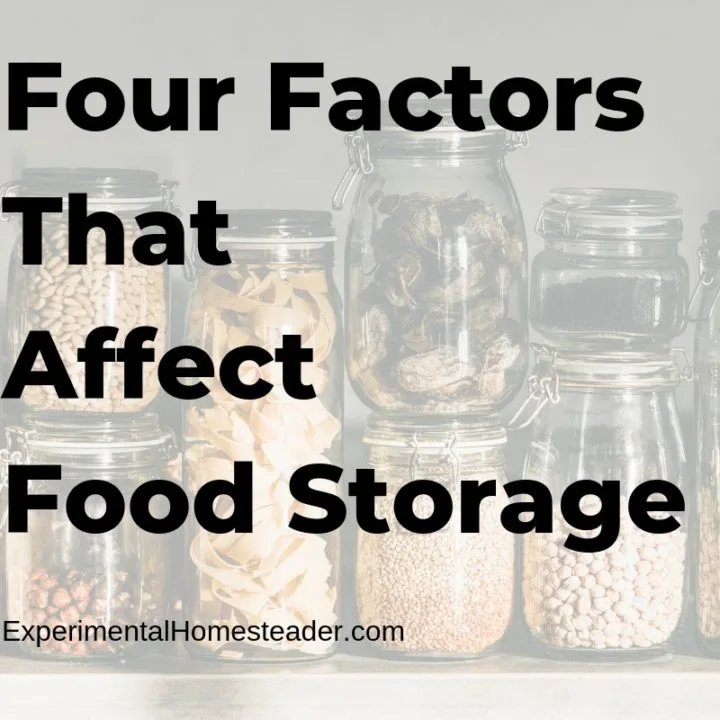

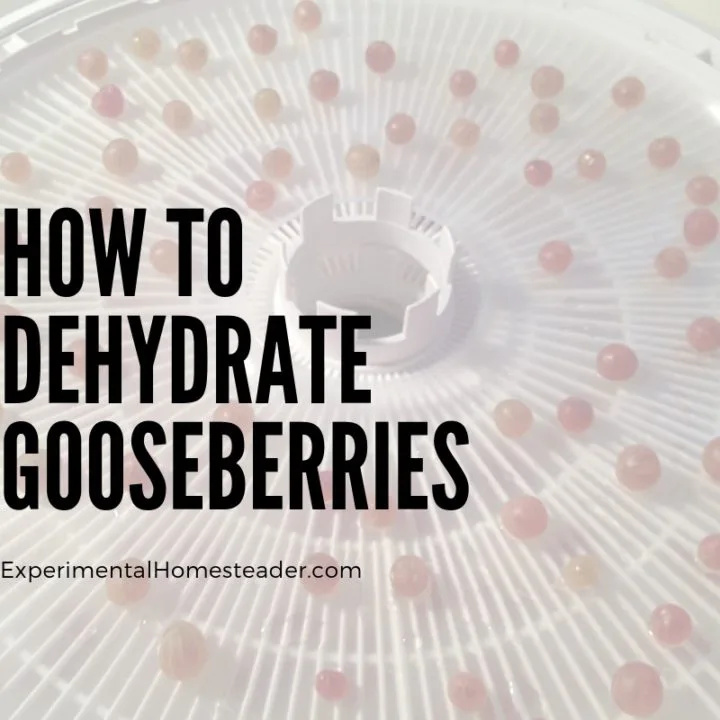



Elaine
Sunday 21st of August 2022
I would still like the recipe for the canned broccolli, please
Sheri Ann Richerson
Thursday 8th of September 2022
Hi Elaine - here you go: INGREDIENTS
Wash the broccoli well making sure all dirt that might be in the heads is removed. Soaking it in cold water for a few minutes is the easiest way to do this. Cut the broccoli heads into two inch long pieces and put the remainder of the stem into the compost bucket. You could can the stem pieces as well, but I chose to feed the stems to my poultry and use just the tops of the broccoli with some short stems attached. Once all the broccoli is cut up, place it in boiling water and boil it for 3 minutes. Then pack the hot broccoli into hot, sterilized canning jars. Cover the broccoli with the hot water it was boiled in, filling each jar so there was just an inch head space at the top. Be sure to release any potential air bubbles using a knife or a canning bubble popper. Add one teaspoon canning salt to each jar and put the sterilized bands and lids on. Process the broccoli in a pressure canner at 10 pounds pressure. Pints require 30 minutes processing time and quarts require 35 minutes processing time. Be sure to let the jars sit and cool overnight then check the lids to make sure they are sealed. As long as the lids are properly sealed, go ahead and label the jars then store them in a cool, dark place. In the event the lids are not sealed it is best to refrigerate the broccoli and use it right away. It is possible to re-process the broccoli using new lids if you prefer.
Sheri Ann
jared
Thursday 28th of October 2021
what's the yield? how much fits in a pint or quart jar?
Sheri Ann Richerson
Thursday 28th of October 2021
It is very difficult to say what the yield is as some people pack their canning jars very tightly and others pack theirs very loosely. The Ball Blue Book where I found the recipe also does not give yield or a recommendation of how much broccoli to use per jar. A jar easily would feed a family of four in my opinion.
Sarah
Wednesday 8th of September 2021
Does canning broccoli from your own garden have a better flavor and texture then if you buy a can from the store? I'm interested in this definitely! I love broccoli but when I've had it canned from the store I haven't been too impressed so I spend the extra and get it frozen. Do you have a frozen broccoli option? Thanks for the tips..
Sheri Ann Richerson
Wednesday 8th of September 2021
Hello and thank you for your questions. It is actually kind of soft but not really mushy. At least ours wasn't. I have never had store bought canned broccoli, so I could not tell you how it compares. I know the Ball Book said it could discolor and ours definitely did not. It was nice and green a year later. I do not - at this time - have a recipe for frozen broccoli, but it is on my editorial calendar so be sure to watch for it.
Thomas
Thursday 17th of August 2017
Great post! Have nice day ! :)
Sheri Ann Richerson
Tuesday 21st of September 2021
Thank you! I hope you have a great day as well!